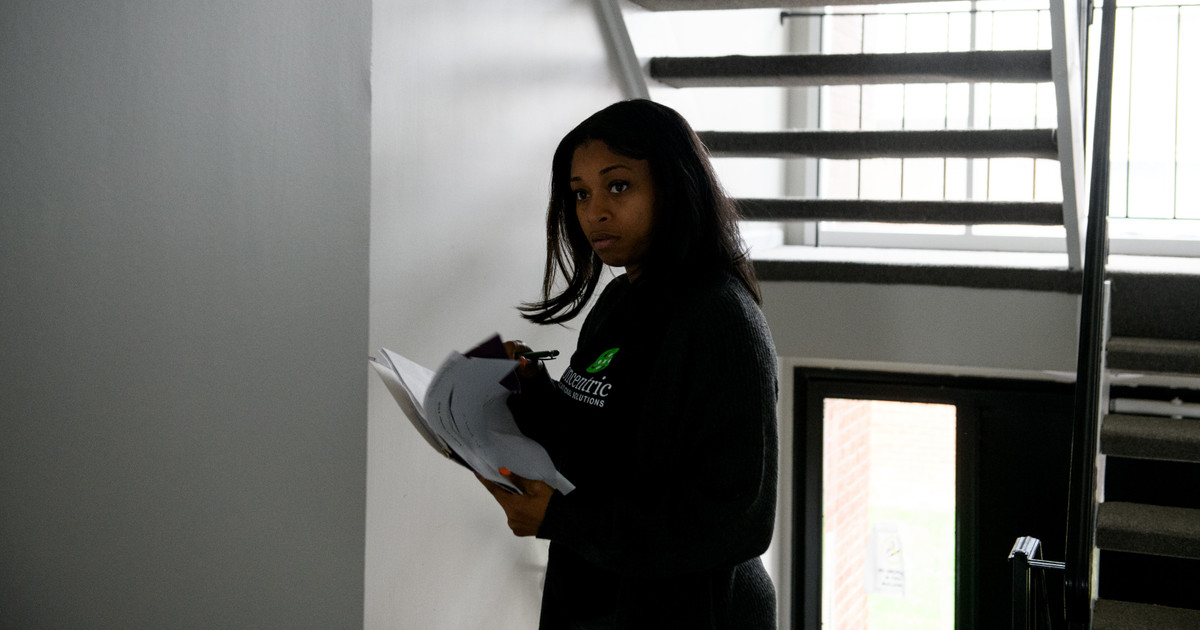Absenteeism has nearly doubled since the pandemic. With state and federal governments largely abdicating any role in getting kids back into classrooms, some schools have turned to private companies for a reimagined version of the truant officer.
…
Johnson is part of an increasingly popular approach to combating truancy: She makes home visits to learn why children are missing school and then works with families and schools to get them back on track. She oversees a team of six people in southeastern Michigan who are employed by a Baltimore company called Concentric Educational Solutions, which has contracts with seven small school districts in the Detroit area. Since 2021, she has been driving back and forth across the Downriver towns southwest of the city, a vast expanse of dollar stores, pot dispensaries and manufacturing plants — some active, some abandoned. She passes the Marathon refinery, the Great Lakes Steel Works and the giant Ford Rouge Complex, where this fall she could see the picket line of the United Auto Workers strike.
The strike ended. The crisis that Johnson was dealing with, on the other hand, seemed never-ending. Absenteeism has long been a problem in the Detroit area, as in other places with high poverty rates, but since the coronavirus pandemic it has worsened dramatically. Nationwide, the rate of chronic absenteeism — defined as missing at least 10% of school days, or 18 in a year — nearly doubled between 2018-19 and 2021-22, to 28% of students, according to data compiled for The Associated Press by Thomas Dee, a professor of education at Stanford. Michigan’s rate was 39%, the third highest among states. States that have reported data for the most recent school year showed only minimal improvement; some cities have rates of more than 40%.
Absenteeism underlies much of what has beset young people in recent years, including falling school achievement, deteriorating mental health — exacerbated by social isolation — and elevated youth violence and car thefts, some occurring during school hours. But schools are using relatively little of the billions of dollars that they received in federal pandemic-recovery funds to address absenteeism. The issue has also attracted surprisingly little attention from leaders, elected or otherwise, and education coverage in the national media has focused heavily on culture-war fights.
My daughter has a friend whose parents just leave him at the library most of the day and his ‘school’ is Khan Academy. He’s 13. He should be getting prepared for high school. I feel so bad for him. Everyone at the library knows him and looks out for him, but he is not getting the right kind of education and he spends most of the day by himself.
Might wanna check that abandoned warehouse thought to be used by a ‘Mr. Shredder’




